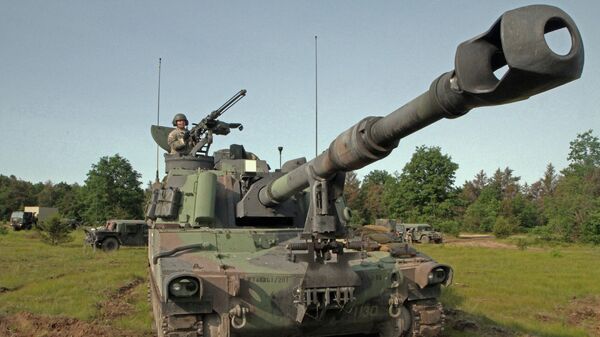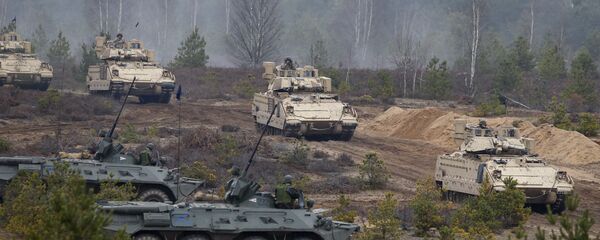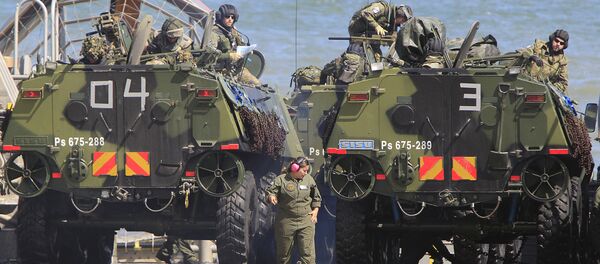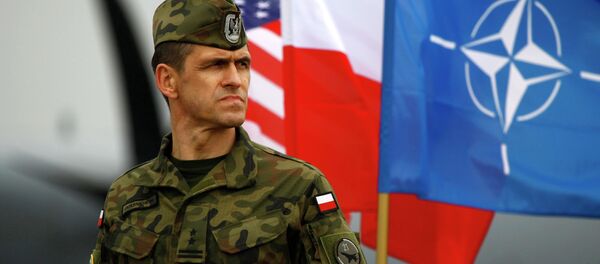"There has never been such an amassing of hostile military force on Russia’s Western frontiers since June 1941, when Hitler invaded the Soviet Union, and that’s the way the Russians see it," Professor Stephen F. Cohen said in a recent interview with The John Batchelor Show.
This massive buildup requires money, and officials are worried that some aren’t paying enough to sustain NATO’s increasingly aggressive appetite.
"For the first time in many years, in 2015 we registered a small increase in defense spending amongst European allies and Canada," Stoltenberg told reporters on Tuesday.
"And our estimates for 2016 indicate a further increase of 1.5% in real terms this year. This is progress. But I will call on allies to keep up the momentum, and to do more."
Stoltenberg has been working with Carter to rebalance the alliance’s budget. The US currently provides 75% of the NATO budget, a dramatic increase from 50% in 2001. To convince the other 27 alliance members to increase their own contributions, the US and NATO have routinely trotted out the red herring of a Russian threat.
The alliance has also pushed to add new members. Sweden has considered membership and Finland may purchase its own fleet of F-35s, Lockheed Martin’s beleaguered next-generation fighter jet.
But NATO’s current members do not seem entirely convinced by the argument.
"Yesterday there was a protest in Tallinn, a picket in front of the Polish embassy against the expansion of NATO and the intervention of NATO structures in the activities of public organizations. The picket was sabotaged: the police found the initiator and detained him," Estonian activist Dmitry Linter told Russian newspaper Vzglyad on Monday.
"Where there seems to be a consensus, a fierce debate is actually going on behind closed doors. According to diplomats, the Americans are having a hard time forcing European countries to strengthen NATO troops in the east," German magazine Focus Online reported.
Whether alliance members agree to boost their defense budgets, NATO intends to move forward with new deployments. Four multinational battalions will be placed in Lithuania, Latvia, Estonia, and Poland.
These will be financially supported primarily by the US, UK, and Germany.





